Namelessform
15/12/2023 - 10/02/2024
Zilberman | Berlin is pleased to announce the exhibition Namelessform by Memed Erdener.
In his previous exhibition, Memed Erdener had set up utopian ministries and committees that create the feeling of “another possible world” and turned them into signboards. Let us remember: “Bureau for Registering the Sufferings Caused by Former Governments”, “Chamber of Making Peace with the Past” or “Private Secretariat for Liberating the Body from God”. These slogan-signboards, evocative of Kafka and Tanpinar in parts, were almost chanting for imagining a new country in the future and establishing a different culture and politics. In this exhibition, the opposite is the case: ‘Namelessform’s are silent, sentence-less, nameless and “mute”. But Memed added a few poetic sentences regarding his intentions with these forms. The cool subversiveness of these forms and sentences triggers the feeling of some 'transgressive/modernist' writers who have a problem with language and culture itself. Mentioning those writers and sentences here does not aim to give a name to these ‘namelessforms’, but to form a “clique” that also includes writing and to close the ranks.
“I collect the shadows, silhouettes and penumbrae on earth. I am that person responsible of forms that escape light.”
Here Rimbaud immediately enters the scene. Rimbaud, a poète maudit, who says “My eyes are closed to your light” and writes about the dark corners of civilization passing over its lights. Henry Miller makes the following prediction: “I think the Rimbaud type will displace, in the world to come, the Hamlet type and the Faustian type”. Faust and Hamlet tragically bargain with the world, whereas Rimbaud is driven by a more ecstatic and demonic rejection. Holding a “rusty mirror” to civilization, Rimbaud abandons everything. He escapes from those bright and oppressive lights, disappears, becomes anonymous and turns into a ‘nameless’. Then he is reborn as Jim Morrison.
“The human being is on earth to give names. My duty is to find the one without a name.”
Looking for the nameless calls two figures to the stage. First, Mr Beckett. Second, Sevim Burak. Beckett’s text The Unnamable consists of the monologues of a narrator-voice that resists getting fixated, instead adopting an intermediate state and ambiguity as a location, exhausting all potentialities. These monologues constitute a delirium about a situation that cannot be named, while the narrator-voice constantly postpones giving themselves a name, evading it. You can attribute this to Beckett’s Irishness and this escape from name to that of the “colonial gaze”. There are those who did so.
There is a connection between looking for those who have no name and what Sevim Burak calls “speaking to the absent”. What Burak does with her minor literature is to bring those with no voice, and no name into the major language. As a rustle, a whisper, or a “phantasm”. Greetings to Everest My Lord, in which Sevim Burak, speaking with nothings, proposes to “relearn” the alphabet, numbers and historical events in a Beckettian way (first by making nonsense of them) and says that only in this way can a new language be reached.
“Namelessform is a silent subject. Despite being part of the landscape, it has no name. Since it has no name, it is not part of the reductive structure of language. It is lost, and therefore, it is free.”
This description calls Odradek to the stage, one of the strangest, most “unheimlich” and most unidentifiable of Kafka’s creatures. I have previously written the following about Odradek: “Odradek is a grotesque Kafka figure that has been interpreted in various ways to this day, but which persistently resists interpretation. Some say that Odradek, with all his formlessness and immortality, represents the unconscious, a Lacanian impregnable “truth”, existential fear or metaphysical anxiety, but if you ask me, Odradek is basically the ultimate nomadic figure. He does not fit into any representation or “home”. When asked about his home, he gives this marvelous answer: “His domicile is illegitimate.” The world can be a brighter place if we see Odradek not as a wretch but as a figure of nomadic freedom. Odradek is lost and therefore, free. He is a bit like Bartleby, the Scrivener, who, in the face of every command, says “I’d rather not”; law and order do not apply to him.
“I am getting rid of the first person singular... She does not submit to chronology... Nobody can fully understand a word. Some know that meaning lies beyond words.”
Basic strategies of modernist literature are hidden in these “utopian” sentences, written for a country in the future. Kill the first person singular (Beckett, Kafka, and others), break chronology (Joyce, Woolf and others), render words meaningless and disrupt grammar so that a new collision of meaning emerges (Lautréamont, Artaud, and others). In Turkish literature, “moderns” such as Oğuz Atay, Sevim Burak, Bilge Karasu, Latife Tekin, Vüsat O. Bener and Lale Müldür have performed such modernist explosions, fortunately. If language and writing are of service, new horizons will open up from those explosions and the country will be a better place. Memed’s Namelessform can be seen as part of this movement, a silent modern explosion.
Text: Conversation with Namelessform by Ahmet Ergenç
Translation from the Turkish by Zeynep Nur Ayanoğlu
The exhibition is accompanied by a catalog. For further information, please contact: berlin@zilbermangallery.com
Memed Erdener (b. 1970, Istanbul) is a visual artist based in Istanbul. Among his solo shows are Namelessform (Zilberman | Berlin, 2023), Utopian Bureaucratic (Zilberman | Istanbul, 2021), Beauty of Bigotry (Zilberman | Berlin, 2017), I Only Did What I Was Told To Do (Zilberman | Istanbul, 2016), Mom I’m Going Out to Pour Some Concrete (with Antonio Cosentino, Studio-X, Istanbul, 2015), There is No God in the Sky Only Birds (Gallery NON, Istanbul, 2014), I Didn’t Do This, You Did (Gallery NON, Istanbul, 2010). His group shows include Transit (Zilberman | Berlin, 2023), The Anarchistic Amateur’s Alphabet (< rotor > center for contemporary art, Graz, Austria, 2019), Istanbul Passion, Joy, Fury (The National Museum of XXI Century Arts, Rome, Italy, 2015), Black&White (Van Abbemuseum, Eindhoven, The Netherlands, 2013; Museum of Modern Art, Warsaw, Poland, 2011), The 13th Biennial of Art: Pure Expression (Serbia, 2008) and 10th Istanbul Biennial (Istanbul, Turkey, 2007). Memed Erdener studied Graphic Design at the Mimar Sinan University of Fine Arts in Istanbul. He published cartoons in satirical periodicals such as the weekly magazine Deli (chaos). In his earlier exhibitions, he appeared under his pseudonym Extramücadele (Extrastruggle). Memed was close to the artist group Hafriyat, which was founded in 1996 and broke away from Istanbul’s commercial art scene to create a forum for free social dialogue in a period of rapid change.
» SEE ALSO
Artist Pages
- Memed Erdener
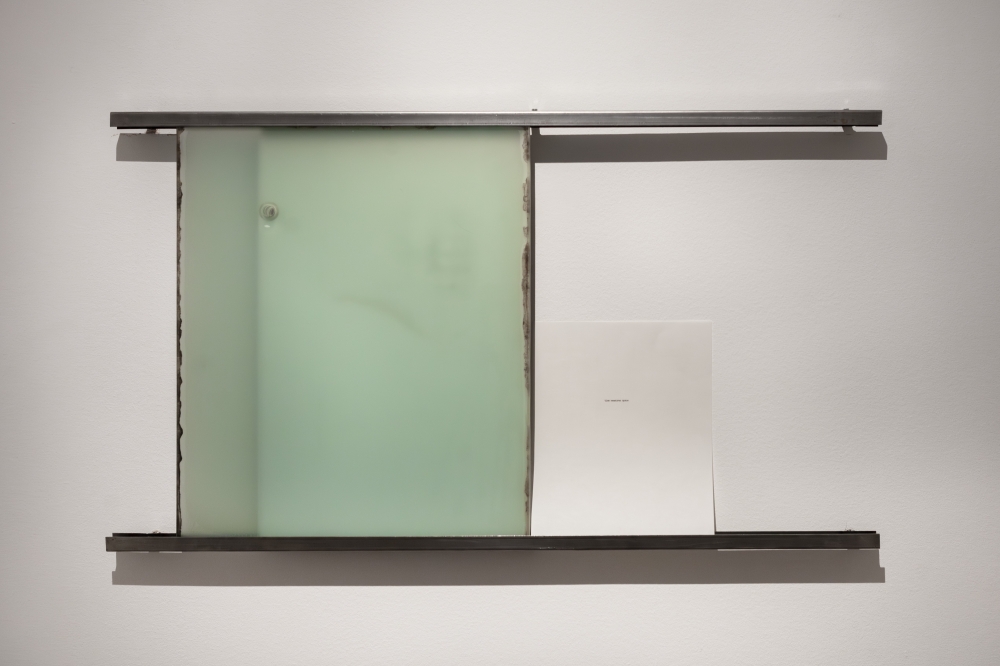
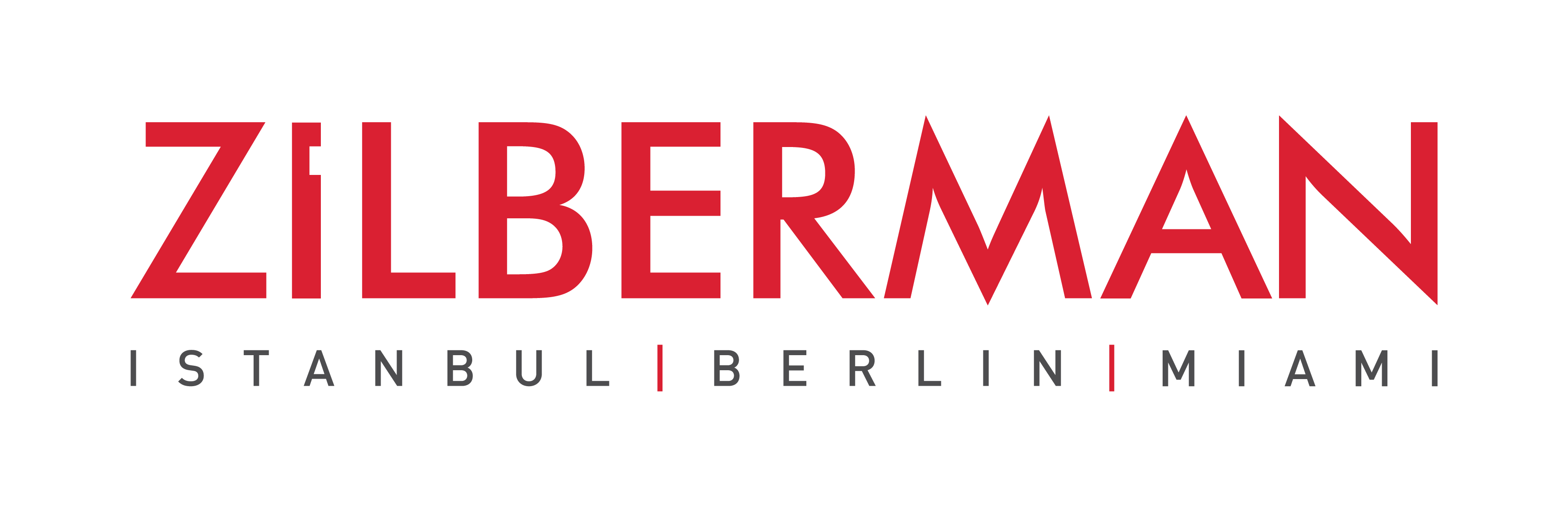
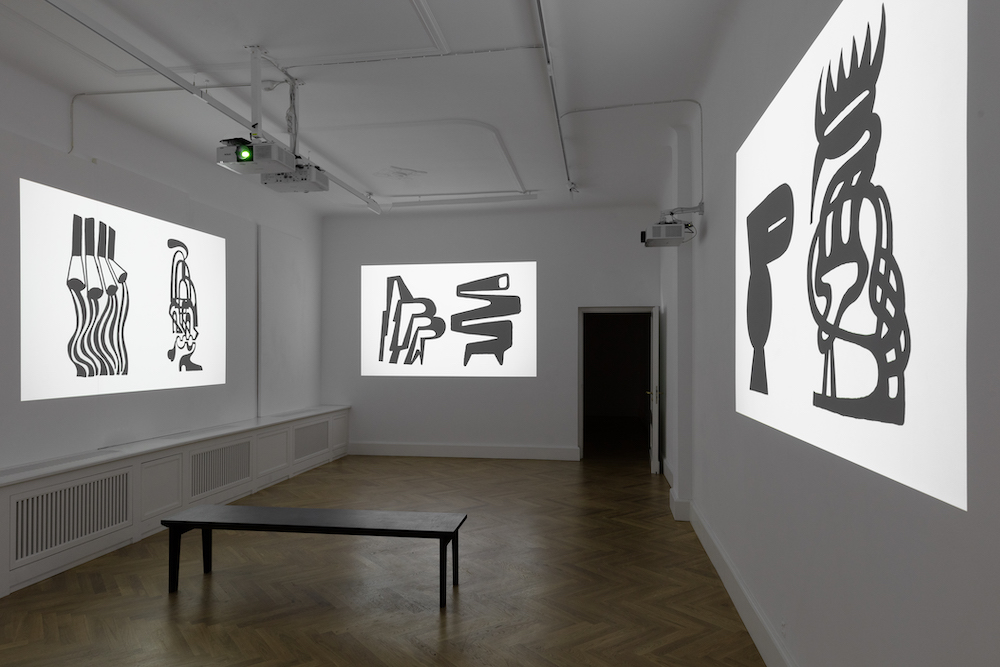
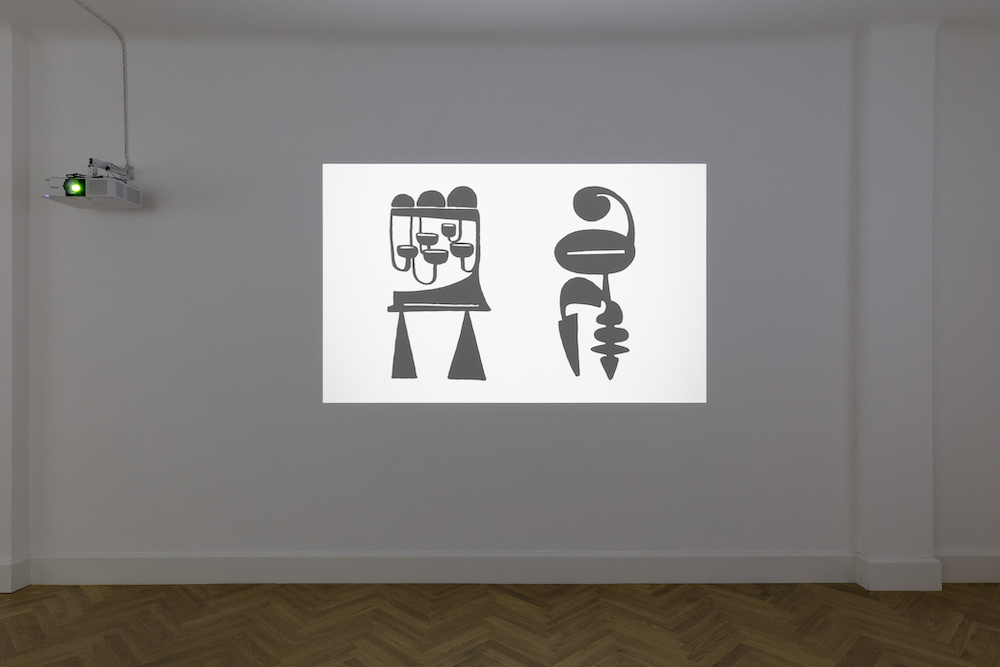
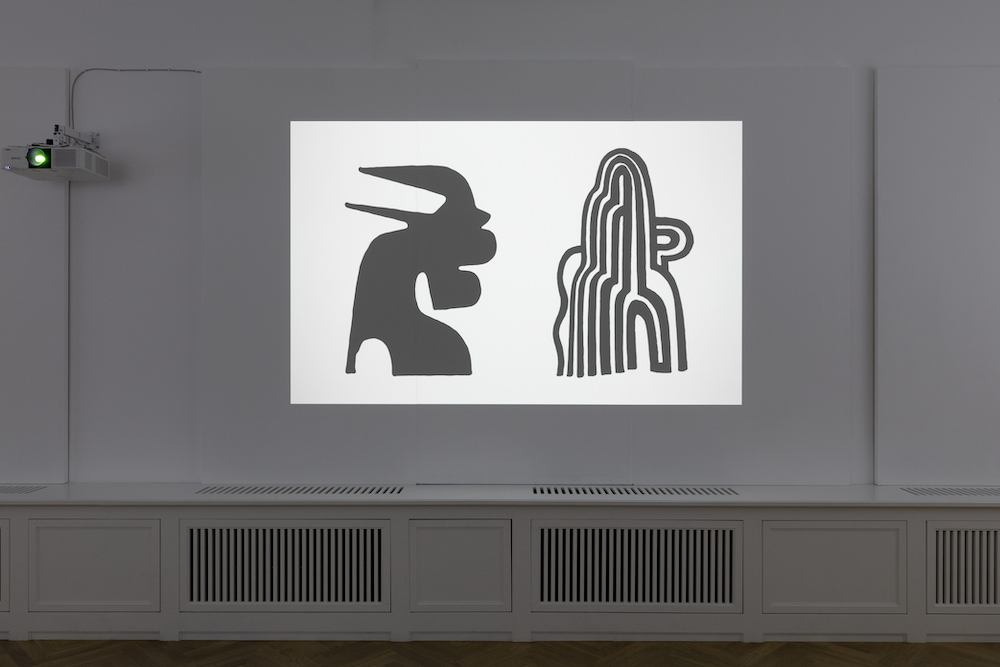
![The Dictionary of Silence [120 Namelessform*] The Dictionary of Silence [120 Namelessform*]](/images/works/5091397471319471786.jpg)